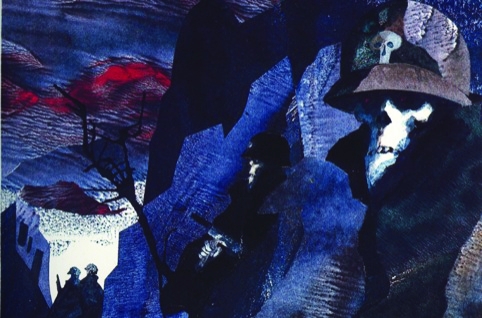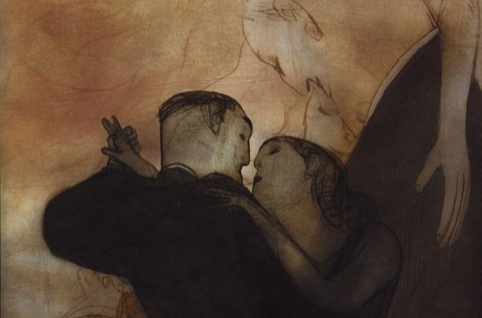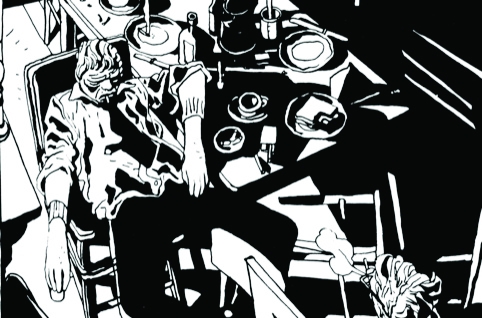Comic cuts
Japan and the US are probably the first countries that spring to mind as the leading nations in comics and cartoons. But Argentina also has a rich, and sometimes turbulent, history of innovation in the form.
To coincide with the bicentenary of Argentina’s independence, London’s Canning House will be hosting Comica Argentina, an exhibition chronicling the history of cartoons, caricatures, strips, comics, graphic novels and webcomics in the country.

As the show opens, curator Sylvia Libedinsky gives Design Week a potted history of the art form in Argentina.
Argentinian comics were born largely in the 19th century with caricatures of popular figures and scathing political satire, which was often much more aggressive than its European counterpart, says Libedinsky. This was followed in the 1920s and 1930s by cartoons with fixed characters, whose names soon entered popular vocabulary as synonyms for unflattering character traits.

Following this period many magazines had their own schools to teach cartoon drawing. The talented artists from these schools went on to form syndicates and set up their own magazines, many of which were sold across South America and beyond.
The magazine Tia Vicenta, which started in the 1950s, revived the political satire with a new type of surreal humour and managed to survive until 1966. Other magazines issued by publisher Abril avoided censorship by creating metaphors for current events using its sci-fi and adventure storylines.

The end of the ‘Golden age’ of Argentinian comics came in the late 1960s when Argentina’s inflated currency meant that American and Mexican cartoons became cheaper to buy. The growth of TV and the emigration of a number of leading talents also led to a quiet period in the country’s comics history.
But with the rise of the Internet and the graphic novel, a new generation of talent has started to emerge over the past decade. The exhibition will feature works from this new school, as well as classic pieces from Grillo, Mordillo, Muno and Quino.
Comica Argentina curatored by Paul Gravett and exhibition designer Peter Stanbury runs until 25 June, at Canning House Library, Belgrave Square, London SW1





Just a note to credit Sylvia Liberdinsky as co-curator with me, to correct the spelling of José Muñoz and to note that Mordillo’s work is not included, but Oski, Fontanarrosa, Palacio, Quinterno, Breccia, Lopez, Liniers, Kioskerman, Zarate and many more are. There will be three evening events at King’s Place July 2,3 & 4. For more details please see http://www.comicafestival.com
Disagree tottally from the first phrase. Leading nations in comics for me, in Europe and the world I would say are France, Belgium, Italy, Spain. There is a great production on other countries. They are far better in quality and independent comics and publishing far, far better than US. Take a look at Fremok, Cornelius, La 5e Couche.
I should add L’Association, Canicola and other publishing houses. Does anyone know Sergio Toppi? Hugo Pratt? Lorenzo Mattotti? Gipi? Moebius? Edmond Baudoin? Igort? Nicholas de Crecy, Eric Lambe, Hugues Micol, Giacommo Nani, Marino Neri, David Prudhomme, Blutch, Joann Sfar, Alex Barbier, Dave McKean, Atak, Christophe Blain, Blexbolex (not exactly comics), Loustal, Killofer, Dominique Goblet. If you search add after the names BD (french for comics/grapic novels). See http://www.lambiek.net